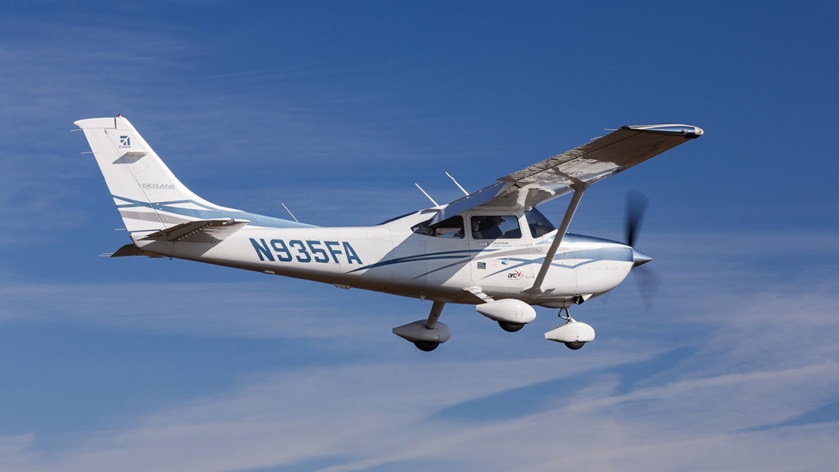Training Tip: Saved by a stall
To stall or not to stall: Sometimes that’s a good question.

In some aerodynamic scenarios, stalling is the less-worse option. Shakespeare’s Hamlet might be surprised to learn that for a pilot, it is not “nobler in the mind to suffer the slings and arrows” of severe turbulence at cruise airspeed. Better to “take arms against a sea of troubles” by slowing the aircraft to, or below, the speed at which the airframe can absorb “the heart-ache and the thousand natural shocks” of bumpy air—and perhaps stall—without something breaking.
According to the Pilot’s Handbook of Aeronautical Knowledge, when an aircraft is stalled above VA, “a tremendous load factor is imposed.”
How tremendous? “Since the load factor is squared as the stalling speed doubles, tremendous loads may be imposed on structures by stalling an aircraft at relatively high airspeeds,” it says (page 5-35).
The POH for a Cessna 182S Skylane says its VA varies by loaded weight from 110 knots indicated airspeed to 88 knots KIAS. “Do not make full or abrupt control movements above this speed,” it cautions.
“Devoutly to be wish’d”—but not all high structural loads arise from a pilot fully deflecting a flight control. As noted, turbulence can change the aircraft’s direction or vertical speed abruptly enough to do the deed, which is why throttling back when flying in rough conditions is a wise preventive measure.
If that is the question, here’s another, for the real world: What kind of stall is it that occurs under such circumstances?
It is an accelerated stall, and it is a risk-management topic for private pilot applicants, according to the area of operations on slow flight and stalls in the Private Pilot—Airplane Airman Certification Standards.
A pilot flying in rough air should be prepared to make a recovery from an unintentional accelerated stall, one that may not resemble the nice, controlled stall entries you have rehearsed in the practice area; you may also have passengers or baggage aboard, affecting aircraft responsiveness.
The good news is that a stall occurring at or below VA produces a scenario that’s far less dramatic than experiencing the structural damage that could result from flying too fast in rough air.


